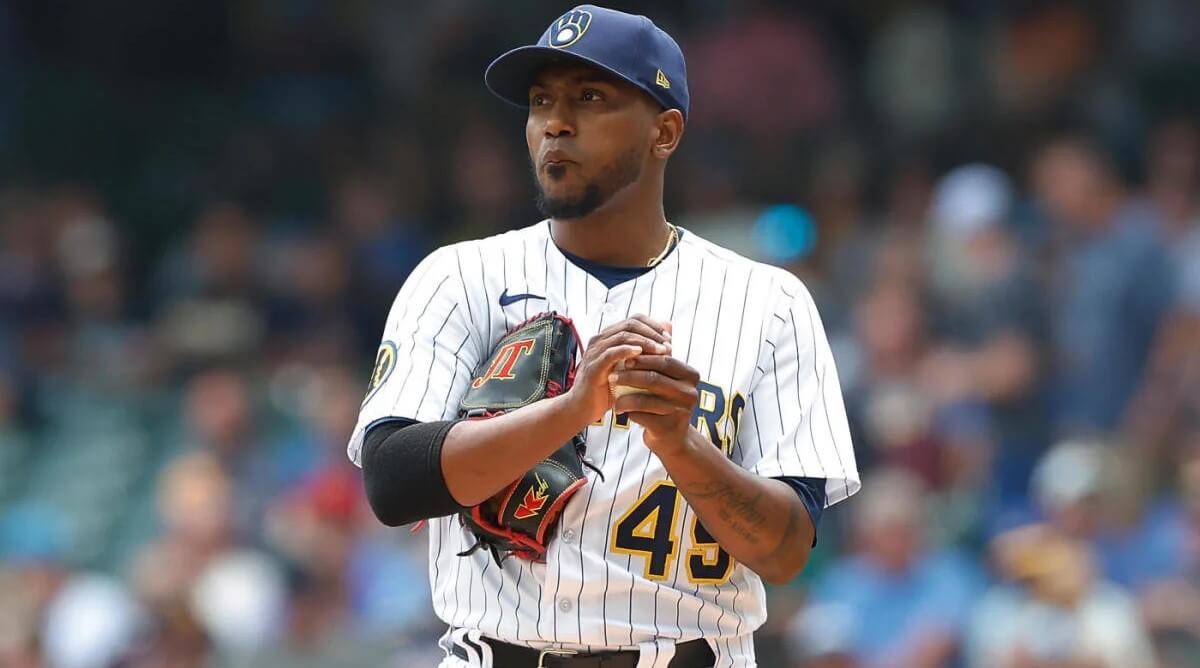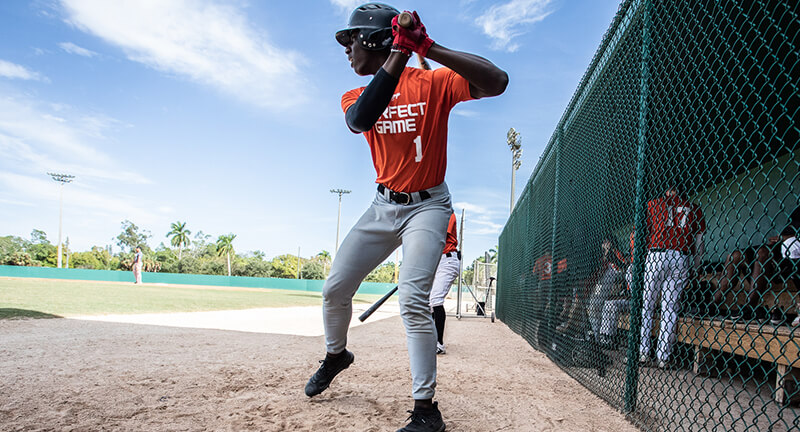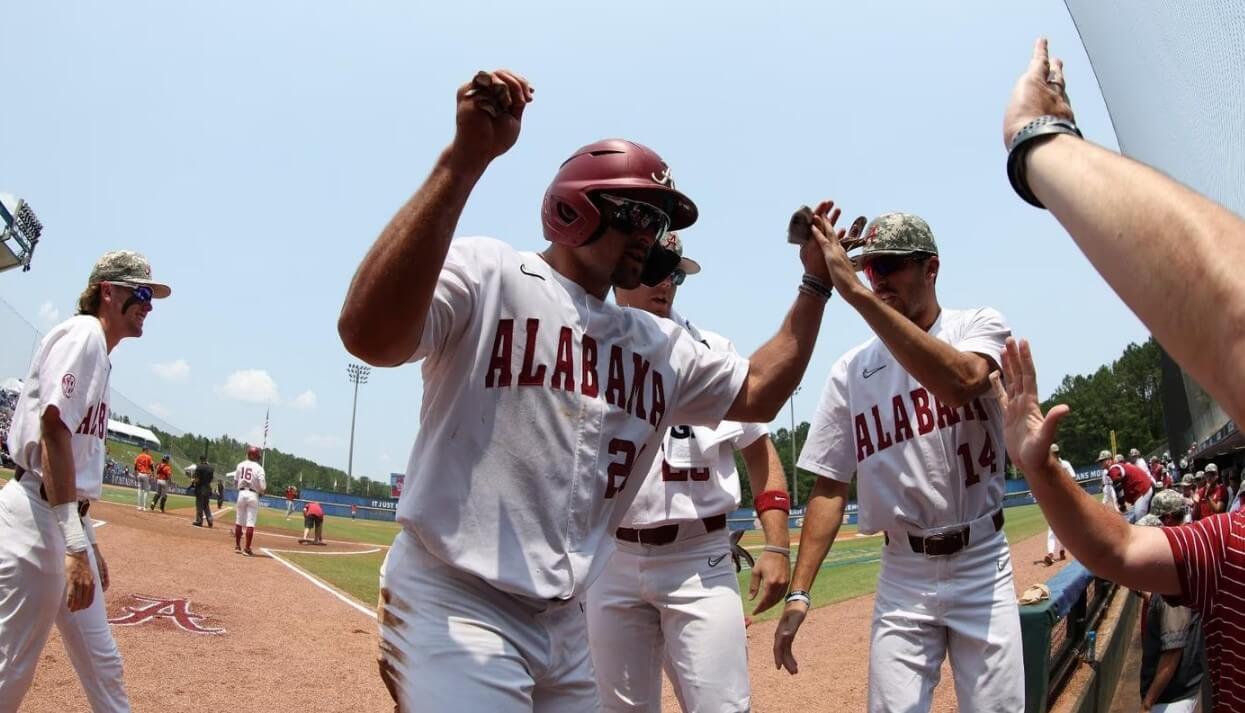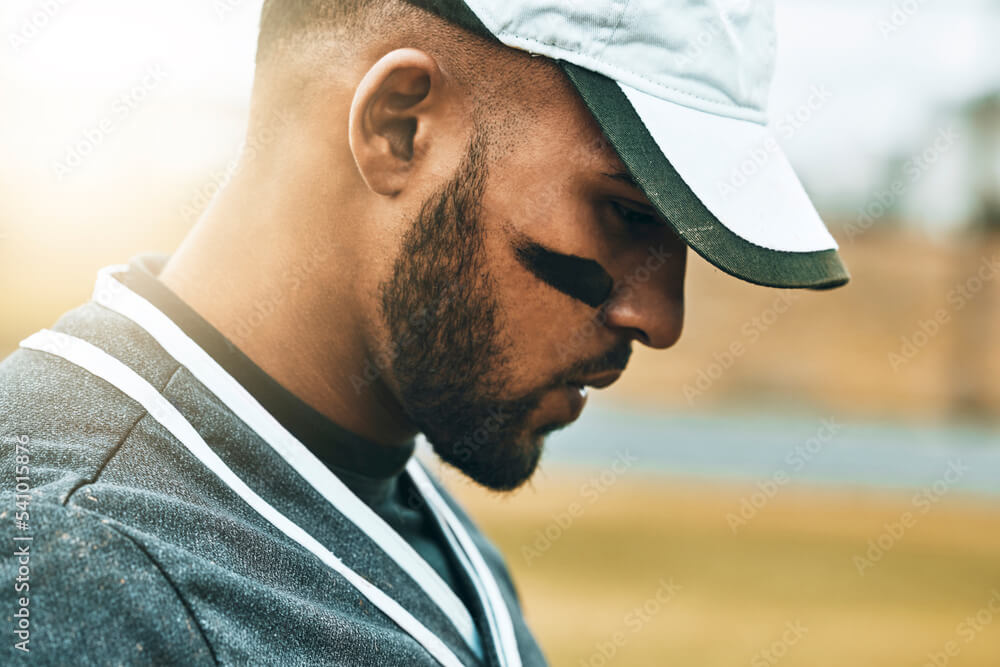Are baseball players really athletes? This question has been debated for years amongst sports fans, players, and pundits alike. On one hand, baseball involves tremendous skill, training, and physical ability to play at the professional level. However, some argue that because it lacks the constant action and rigorous physical demands of sports like basketball or hockey, baseball players don’t deserve the “athlete” label.
In this article, we’ll examine key factors like the physical requirements, mental acumen, and competitive nature of playing pro baseball. By looking at the evidence, we can come to a conclusion on whether these highly-skilled performers are indeed athletes in the true sense of the word. There are compelling cases to be made on both sides of the debate – which side will you land on once you review the facts?
Physical Demands
Baseball players need high levels of athleticism to meet the physical demands of the game. Running, throwing, and hitting all require athleticism, strength, speed, agility, and power.
Baseball players must “[use] muscles to lift, push, pull, or carry heavy objects” and “be physically active for long periods without getting tired or out of breath”. They need muscular strength and endurance to repeatedly swing a bat, field ground balls, and throw 90+ mph over the course of a game. Games can last over 3 hours and players are exerting themselves both offensively and defensively.
The physical demands of baseball require players to train and condition year-round. Preseason training emphasizes “speed, power, and quickness” as well as injury prevention. Upper body strength is needed for hitting and throwing, while lower body strength provides power and speed for base running and fielding. Hand-eye coordination helps with catching, batting, and fielding. Baseball requires “sprint[ing] for distances of around 90 feet” and changing directions quickly. Players must be well-conditioned athletes.
Strategy and Decision Making

Baseball requires more than just physical talent – there is a huge mental component as well. Players and coaches must constantly be strategizing and making important decisions during games. For example, deciding when to steal a base, hit and run, bunt, or make a pitching change requires intelligence and knowledge of the game situation. Managers need to cleverly adjust on the fly and out-maneuver the opposing team.
Players must focus and think under pressure when at bat, on base, or fielding. Pitchers try to out-think batters on which pitches to throw in certain counts and locations. There is a constant mental battle between the pitcher and hitter. Teams even use advanced analytics and artificial intelligence to gain strategic advantages.
Overall, baseball involves a thinking man’s game full of complex strategy akin to a chess match [1]. The mental side is just as important as the physical skills.
Hand-Eye Coordination
Professional baseball players need extraordinary hand-eye coordination in order to track and hit a small fast-moving ball. Studies show that baseball players who score higher on tests of hand-eye coordination tend to have better batting performance. The ability to synchronize hand and eye movements is critical for successfully hitting a baseball pitched at 90+ mph. As the ball travels from the pitcher’s hand to home plate in under half a second, batters must quickly track the ball’s trajectory, calculate its speed and movement, decide whether to swing, and then coordinate their muscles to hit the ball on the sweet spot of the bat.
This feat requires finely tuned visual tracking skills, processing of visual information, and motor control. Baseball players spend years honing their hand-eye coordination through repeated pitching machines, batting practice, and game experience. Even the slightest delay in processing visual information or coordinating a swing can mean the difference between a home run and a strikeout. The extraordinary hand-eye coordination of professional players allows them to consistently make solid contact with pitches under extreme time pressure.
Training and Practice

Baseball players dedicate themselves to rigorous training regimens and practices in order to excel at their sport. Playing baseball at a high level requires tremendous skill that can only be developed through consistent, focused work.
During the offseason, players follow carefully designed strength training and conditioning programs to improve their athleticism. Common training exercises include squats, deadlifts, shoulder presses, and sprints. Strength training helps players build muscle, power, and speed. Baseball specific programs also include rotator cuff exercises to strengthen the shoulders and throwing mechanics drills.
In-season, teams hold daily practices to sharpen fundamentals like hitting, pitching, fielding, and baserunning. Players take hundreds of swings in batting practice and field dozens of ground balls and fly balls. Pitchers throw lengthy bullpen sessions to refine their deliveries. These repetitive drills ingrain proper throwing, catching, and hitting techniques.
The training doesn’t stop there. Players also spend hours studying film and reviewing scouting reports to improve their mental preparation and decision making abilities. Great players are constantly working to get better, even after reaching the major league level. The effort and dedication required to excel is on par with top athletes in any sport.
Injuries
Baseball has relatively high injury rates, especially among pitchers, that are comparable to other professional sports like football and basketball. A 2022 study found that pitchers accounted for over 56% of MLB player injuries in 2020 and over 50% in 2021.
Another report showed that head and face injuries make up over 20% of total injuries across all age groups. Elbow injuries among MLB pitchers in particular have risen in recent years, with injury rates ranging from 0.7 to 5.13 per 1000 athlete exposures. The frequency and severity of injuries shows that baseball places intense physical demands on players, especially pitchers who exert maximal effort on every pitch.
While injury risk can be managed through preventative training, the competitive nature of the sport lends itself to high injury rates comparable to other professional sports.
Competition

Playing professional baseball requires competing against the top talent in the world. Major League Baseball (MLB) is the highest level of competition, featuring 750 of the best players across 30 teams in an intense 162-game regular season schedule. The level of competition is extremely high, with players possessing elite physical skills and mental toughness developed through years of dedicated training.
To succeed against this elite talent, baseball players must have athleticism to cover ground quickly in the field, react and change directions when running the bases, and physically withstand the demands of a long season. Their speed, agility, reflexes, coordination, and durability are tested daily against world-class opponents. MLB players are not only skilled at baseball, but have worked diligently to become exceptional all-around athletes.
Facing the highest caliber of competition on a daily basis pushes players to perform at their physical peak over the 6-7 month season. The athletic demands of baseball are clearly evidenced by players’ ability to excel against the top 0.001% of talent in the world [1]. Playing major league baseball undoubtedly requires tremendous athleticism.
Physical Specimens
Baseball players at the professional level need to be exceptional physical specimens in order to compete. They require a combination of strength, speed, agility, and endurance to repeatedly perform at an elite level during a long season. As outlined by Topend Sports, key physical components for baseball include reaction time, speed and quickness, strength and power, flexibility, and aerobic endurance.
To develop these physical traits, players follow strict training regimens and conditioning programs during the offseason and throughout the year. Weight training builds muscle and strength while speed and agility drills improve quickness and body control. Many players focus on explosive power to generate bat speed while fielding drills enhance reaction times.
According to an article on Sports Insight, baseball workouts emphasize running, resistance training, and developing core strength and stability. As a result, most professional baseball players have lean, athletic physiques optimized for speed, agility, and power. Their specialized training transforms their bodies into finely-tuned athletic machines.
Two-Way Players

Some baseball players display exceptional versatility by excelling at multiple facets of the game, playing both offense and defense at an elite level. Known as two-way players, these versatile athletes can both hit and pitch effectively.
Throughout baseball history, a select few athletes like Babe Ruth have demonstrated the rare ability to both hit home runs and strike out batters as dominant pitchers. As stated in this article, “Two-way players are able to pitch in any situation but don’t count toward the active roster’s pitcher total.”
Modern two-way stars like Shohei Ohtani of the Los Angeles Angels showcase incredible athletic talent, frequently batting over 30 home runs and achieving an ERA under 3 in the same season. The ability to excel at hitting and pitching displays the athletic versatility and talent of these unique players. Two-way players demonstrate a mastery of multiple skillsets, setting them apart. Their rare dual proficiency shows that some baseball stars have both the physical gifts and mental acuity to dominate the game from multiple angles.
Conclusion
Baseball clearly requires athleticism, despite stereotypes suggesting otherwise. Baseball players need exceptional physical abilities including strength, speed, and coordination in order to succeed. They undergo rigorous training to develop the skills needed in the sport.
Though baseball involves a lot of standing around, the explosive movements required for critical game actions like pitching, hitting, throwing, and fielding require athleticism. The hand-eye coordination needed for hitting a 90+ mph fastball demonstrates that baseball players are top athletes.
While baseball has some players with non-traditional athletic builds, the skills and attributes needed clearly meet the definition of athleticism. When examined closely, baseball demonstrates that successful players require elite physical abilities, making them athletes in every sense of the word.








